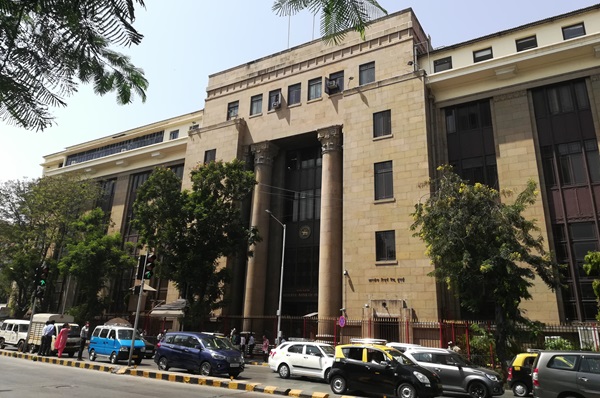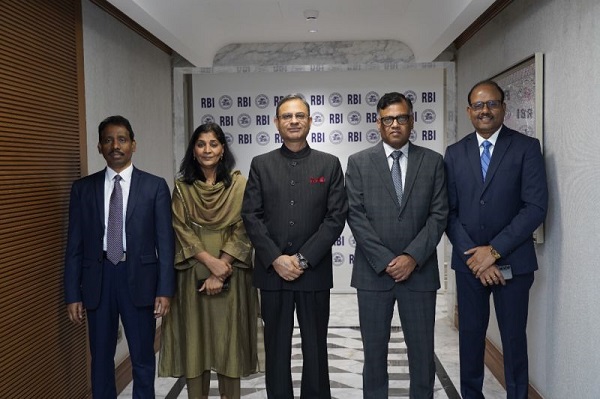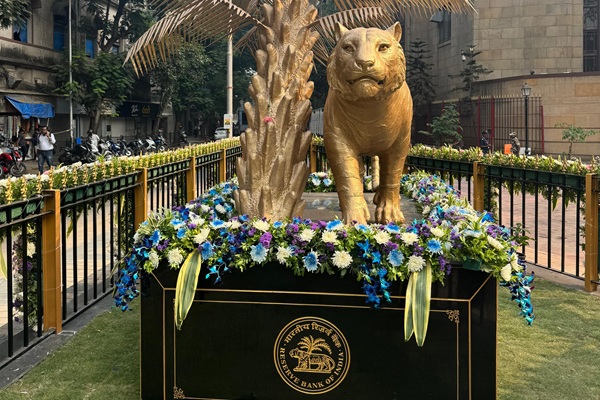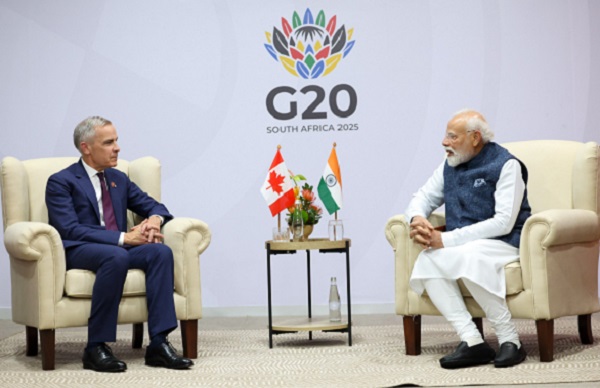.png)
May 5, 2025 at 12:29 PM IST
State Bank of India’s research team has made a case for the Reserve Bank of India to undertake a jumbo rate cut of 50 basis points, arguing that such decisive action would be more effective than the gradualist approach typically favoured by the central bank.
In a report released today, SBI Research lays out a strong macroeconomic case for an accelerated monetary easing cycle, estimating that policy rates could fall as low as 5.0-5.25% by March 2026.
At the heart of this recommendation is the sharp decline in headline inflation, which hit a 67-month low of 3.34% in March, driven by a correction in food prices. SBI expects inflation to remain below 3% through the June quarter and average under 4% for the year, well below the RBI’s target midpoint of 4%.
This benign inflation outlook, coupled with a moderate growth forecast, has created what the bank describes as a “Goldilocks period” for rate cuts.
SBI estimates that cumulative rate cuts of around 125–150 basis points are feasible in 2025–26 if inflation remains subdued in the absence of food price shocks or extreme weather events.
Faster Transmission
A jumbo cut of 50 basis points, according to SBI Research, would send a stronger signal in the current environment, where inflation expectations are well-anchored and the output gap remains negative.
With the neutral nominal policy rate estimated at 5.65%, the current repo rate of 6.00% leaves sufficient room for easing without disrupting long-run equilibrium.
The RBI began the easing cycle with a 25-basis-point cut in February, followed by another in April. These initial moves have helped bring down external benchmark-linked lending rates by 50 basis points, but other channels such as marginal cost-based lending rates and deposit rates remain slow to respond due to their dependence on the cost of funds.
SBI anticipates that deposit rates could fall by 100 basis points in the coming quarters, and a more aggressive easing strategy would support quicker alignment.
Credit-Deposit Mismatch
The report flags the growing imbalance between credit and deposit growth. While credit growth is expected to moderate to 11–12% in 2025–26, deposit mobilisation is likely to fall short of double-digit growth, deepening the funding mismatch and compressing net interest margins.
According to the report, faster rate cuts would lower deposit rates sooner, making deposit mobilisation a challenge.
To ease this, SBI points to the role of RBI’s open market operations, which have already injected over ₹4 trillion in liquidity this year. With another ₹1.25 trillion scheduled for May, the central bank appears to be building a deliberate liquidity surplus of ₹2 trillion or more to support credit flow and transmission.
The note also proposes extending OMO purchases to state government securities to broaden market support and reduce reliance on central government bonds.
Global conditions, the report notes, are also supportive of a front-loaded rate-cut trajectory. With the Federal Reserve expected to hold rates steady for the next two meetings and the US dollar index likely to weaken amid tariff-driven adjustments, India’s external environment remains favourable.
The rupee is projected to remain stable in the ₹85–87 per dollar range in 2025, and RBI’s active management of short forward positions—amounting to $64 billion as of March adds further resilience to the macro environment.
Additionally, RBI dividend for 2025 is projected at ₹2.18 trillion, supported by bond income and gains from forex operations. This will offer fiscal headroom and reduce the need for heavy government borrowing, helping reinforce the case for lower interest rates.
Inflation Outlook
Despite the recent surge in gold prices, SBI Research maintains a sanguine view on inflation. The rise in core inflation to 4.1% in March was largely attributed to gold. Excluding gold, core inflation is estimated at 3.2%, indicating muted underlying demand pressures.
For 2025–26, the report pegs core inflation at 4.0–4.3% and average headline CPI at 3.7–3.8%, assuming no major disruptions in food prices. With nominal GDP growth projected between 9% and 9.5%, the real interest rate remains high, giving the RBI ample room for further cuts.
SBI argues that the RBI must adopt a proactive policy stance rather than move cautiously with 25-basis-point increments. A slow approach, it warns, could reduce policy effectiveness, prolonging financial frictions and undermining credibility.
With inflation moderating sharply and the output gap still open, the RBI now has a narrow but opportune window to front-load rate cuts and support the economy more effectively.
Whether the central bank seizes this moment in its June policy review remains uncertain, but SBI Research makes clear that the macroeconomic conditions to justify an outsized rate cut are solidly in place.




